45 data labels in r
Label Encoding in R - KoalaTea Label Encoding is used when you have a number of categories that don't have an order. If your data is orders, like small, medium, large, you should use the Ordinal Encoding. In this article, we will learn how to use label encoding in R. The Data. Let's create a small data frame with cities and their population. How to Add Labels Directly in ggplot2 in R - GeeksforGeeks Aug 31, 2021 · Labels are textual entities that have information about the data point they are attached to which helps in determining the context of those data points. In this article, we will discuss how to directly add labels to ggplot2 in R programming language. To put labels directly in the ggplot2 plot we add data related to the label in the data frame.
How to Add Labels Over Each Bar in Barplot in R? Barplot with labels on each bar with R We can easily customize the text labels on the barplot. For example, we can move the labels on y-axis to contain inside the bars using nudge_y argument. We can also specify the color of the labels on barplot with color argument. life_df %>% ggplot(aes(continent,ave_lifeExp))+ geom_col() +

Data labels in r
FACTOR in R [CREATE, CHANGE LABELS and CONVERT data] - R CODER Mar 22, 2020 · The factor function. The factor function allows you to create factors in R. In the following block we show the arguments of the function with a summarized description. factor(x = character(), # Input vector data levels, # Input of unique x values (optional) labels = levels, # Output labels for the levels (optional) exclude = NA, # Values to be excluded from levels ordered = is.ordered(x ... R: Add value labels to variables A use-case is, for instance, the sjPlot -package, which supports labelled data and automatically assigns labels to axes or legends in plots or to be used in tables. val_labels () is intended for use within pipe-workflows and has a tidyverse-consistent syntax, including support for quasi-quotation (see 'Examples'). Usage data.table in R - The Complete Beginners Guide setDT(df) The difference between the two approaches is: data.table(df) function will create a copy of df and convert it to a data.table. Whereas, setDT(df) converts it to a data.table inplace. That means, the df itself gets converted to a data.table and you don't have to assign it to a different object.
Data labels in r. add_labels function - RDocumentation add_labels () adds labels to the existing value labels of x, however, unlike set_labels, it does not remove labels that were not specified in labels. add_labels () also replaces existing value labels, but preserves the remaining labels. remove_labels () is the counterpart to add_labels () . It removes labels from a label attribute of x. labels function - RDocumentation labels (data) returns a named vector of variable labels, where the names match the variable names and the values represent the labels. Details All labels are stored as attributes of the columns of the data frame, i.e., each variable has (up to) one attribute which contains the variable lable. How to Label Points on a Scatterplot in R (With Examples) - Statology Example 1: Label Scatterplot Points in Base R. To add labels to scatterplot points in base R you can use the text () function, which uses the following syntax: text (x, y, labels, …) x: The x-coordinate of the labels. y: The y-coordinate of the labels. labels: The text to use for the labels. The following code shows how to label a single ... Quick-R: Variable Labels R's ability to handle variable labels is somewhat unsatisfying. If you use the Hmisc package, you can take advantage of some labeling features. library (Hmisc) label (mydata$myvar) <- "Variable label for variable myvar " describe (mydata) Unfortunately the label is only in effect for functions provided by the Hmisc package, such as describe ().
How to Add Labels Over Each Bar in Barplot in R? aes(name,value)) + geom_bar(stat = "identity") plot Output: Get labels on the top of bars In the below example, we will add geom_text () in the plot to get labels on top of each bar. R set.seed(5642) sample_data <- data.frame(name = c("Geek1","Geek2", "Geek3","Geek4", "Geeek5") , value = c(31,12,15,28,45)) library("ggplot2") R Add Labels at Ends of Lines in ggplot2 Line Plot (Example ... The following R programming code shows how to add labels at the ends of the lines in a ggplot2 line graph. As a first step, we have to add a new column to our data that contains the text label for each line in the row with the maximum value on the x-axis: PIPING HOT DATA: Leveraging labelled data in R The haven, labelled, and sjlabelled packages can be used to effectively work with SPSS, SAS, and Stata data sets in R through implementation of the haven_labelled class, which stores variable and value labels. Here are my most used functions for getting started with labelled data: Purpose. Function. 1. Import SPSS labelled data. Text and annotations in R - Plotly Controlling text fontsize with uniformtext. For the pie, bar, sunburst and treemap traces, it is possible to force all the text labels to have the same size thanks to the uniformtext layout parameter. The minsize attribute sets the font size, and the mode attribute sets what happens for labels which cannot fit with the desired fontsize: either hide them or show them with overflow.
Working with SPSS labels in R - Musings on R - GitHub Pages Funnily enough, when I first started out to use R a couple of years ago, I didn't think R was at all intuitive or easy to work with survey data. Rather painful if I'm completely honest! One of the big reasons for this "pain" was due to survey labels.1 Survey data generally cannot be analysed independently of the variable labels (e.g. Q1. R: Assign variable labels of data frame columns - Stack Overflow label (data) = lapply (names (data), function (x) var.labels [match (x, names (var.labels))]) lapply applies a function to each element of a list or vector. In this case the function is applied to each value of names (data) and it picks out the label value from var.labels that corresponds to the current value of names (data). Map with Data Labels in R - Donuts Open the R console and use the following code to install maps. install.packages ('maps') Install Maps Package Repeat this process for installing ggplot2. install.packages ('ggplot2') After installing the R packages we are ready to work in PowerBI Desktop. First, we need to load our sample data. Open up PowerBI Desktop and start a blank query. Draw Scatterplot with Labels in R (3 Examples) | Base R & ggplot2 Have a look at the previous output of the RStudio console. It shows that our exemplifying data consists of five rows and three columns. The variables x and y contain numeric values for an xyplot and the variable label contains the names for the points of the plot. Example 1: Add Labels to Base R Scatterplot
R plot() Function (Add Titles, Labels, Change Colors and ... The most used plotting function in R programming is the plot() function. It is a generic function, meaning, it has many methods which are called according to the type of object passed to plot() . In the simplest case, we can pass in a vector and we will get a scatter plot of magnitude vs index.
R Tutorial Series: Labeling Data Points on a Plot Here, we will use textxy () to add labels for the enrollment at the University of New Mexico to each of our plot's data points. > #if necessary, install the calibrate package > #install.packages ("calibrate") > #load the calibrate package > library (calibrate) > #use the textxy () function to add labels to the preexisting plot's points
Variable and value labels support in base R and other packages The usual way to connect numeric data to labels in R is factor variables. However, factors miss important features which the value labels provide. Factors only allow for integers to be mapped to a text label, these integers have to be a count starting at 1 and every value need to be labelled.
3.9 Adding Labels to a Bar Graph | R Graphics Cookbook, 2nd edition You want to add labels to the bars in a bar graph. 3.9.2 Solution Add geom_text () to your graph. It requires a mapping for x, y, and the text itself. By setting vjust (the vertical justification), it is possible to move the text above or below the tops of the bars, as shown in Figure 3.22:
Quick-R: Importing Data Importing Data . Importing data into R is fairly simple. For Stata and Systat, use the foreign package. For SPSS and SAS I would recommend the Hmisc package for ease and functionality.
Add custom tick mark labels to a plot in R software Hide tick marks. To hide or to show tick mark labels, the following graphical parameters can be used :. xaxt: a character specifying the x axis type; possible values are either "s" (for showing the axis) or "n" ( for hiding the axis); yaxt: a character specifying the y axis type; possible values are either "s" (for showing the axis) or "n" ( for hiding the axis)
Working with Labelled Data - cran.r-project.org Getting and setting value and variable labels There are four functions that let you easily set or get value and variable labels of either a single vector or a complete data frame: get_label () to get variable labels get_labels () to get value labels set_label () to set variable labels (add them as vector attribute)
Display All X-Axis Labels of Barplot in R - GeeksforGeeks May 09, 2021 · This article deals with resolving the problem in the R programming language. Method 1: Using barplot() In R language barplot() function is used to create a barplot. It takes the x and y-axis as required parameters and plots a barplot. To display all the labels, we need to rotate the axis, and we do it using the las parameter.
Data Visualization With R - Title and Axis Labels This happens because the plot () function adds the default labels and we add a new set of labels without modifying the existing ones. The solution is to instruct the plot () function not to add any labels to the X and Y axis. This can be achieved using the ann (annotate) argument in the plot () function and set it to FALSE. Let us try it:
How to create ggplot labels in R | InfoWorld Sometimes you may want to label only a few points of special interest and not all of your data. You can do so by specifying a subset of data in the data argument of geom_label_repel (): ma_graph2 +...
Label BoxPlot in R | Delft Stack We can also label the graph properly using the right parameters. The xlab parameter labels the x-axis and ylab parameter labels the y axis. The main parameter sets the title of the graph. We can label the different groups present in the plot using the names parameter. The following code and graph will show the use of all these parameters.
PIPING HOT DATA: The case for variable labels in R Here, you an see the variable labels printed underneath variable names. The first variable shown is c12hour - what is that? Underneath the variable name, the variable label of average number of hours of care per week provides additional context without having to leave your data. You can also see variable labels by examining the structure of the data set.
Add Variable Labels to Data Frame in R (2 Examples) - Statistics Globe label ( data1) <- as.list( my_labels [ match ( names ( data1), # Assign labels to data frame variables names ( my_labels))]) Let's use the label function once again to print the updated variable labels: label ( data1) # Check updated labels of data frame variables # x1 x2 # "My 1st variable contains integers." "My 2nd variable contains characters."
Quick-R: Value Labels To understand value labels in R, you need to understand the data structure factor. You can use the factor function to create your own value labels. # variable v1 is coded 1, 2 or 3 # we want to attach value labels 1=red, 2=blue, 3=green mydata$v1 <- factor (mydata$v1, levels = c (1,2,3), labels = c ("red", "blue", "green"))
data.table in R - The Complete Beginners Guide setDT(df) The difference between the two approaches is: data.table(df) function will create a copy of df and convert it to a data.table. Whereas, setDT(df) converts it to a data.table inplace. That means, the df itself gets converted to a data.table and you don't have to assign it to a different object.
R: Add value labels to variables A use-case is, for instance, the sjPlot -package, which supports labelled data and automatically assigns labels to axes or legends in plots or to be used in tables. val_labels () is intended for use within pipe-workflows and has a tidyverse-consistent syntax, including support for quasi-quotation (see 'Examples'). Usage
FACTOR in R [CREATE, CHANGE LABELS and CONVERT data] - R CODER Mar 22, 2020 · The factor function. The factor function allows you to create factors in R. In the following block we show the arguments of the function with a summarized description. factor(x = character(), # Input vector data levels, # Input of unique x values (optional) labels = levels, # Output labels for the levels (optional) exclude = NA, # Values to be excluded from levels ordered = is.ordered(x ...

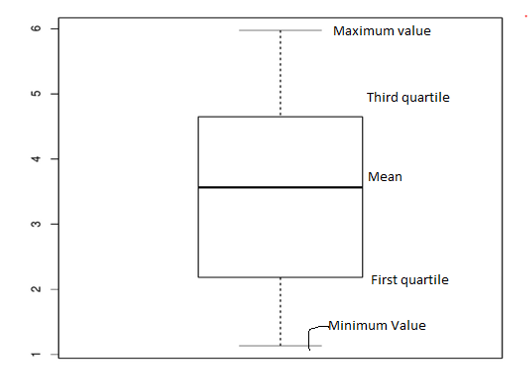
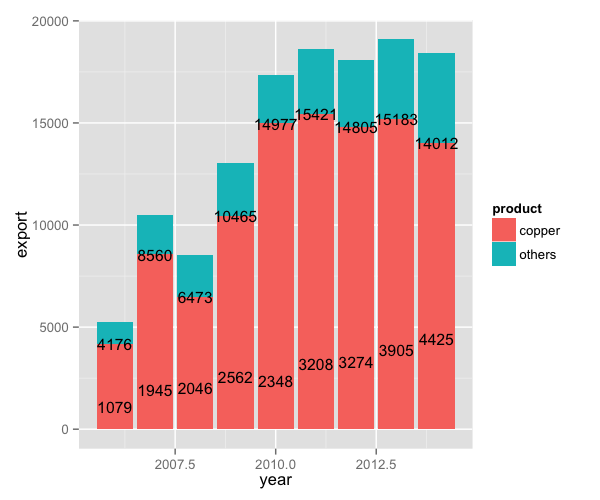

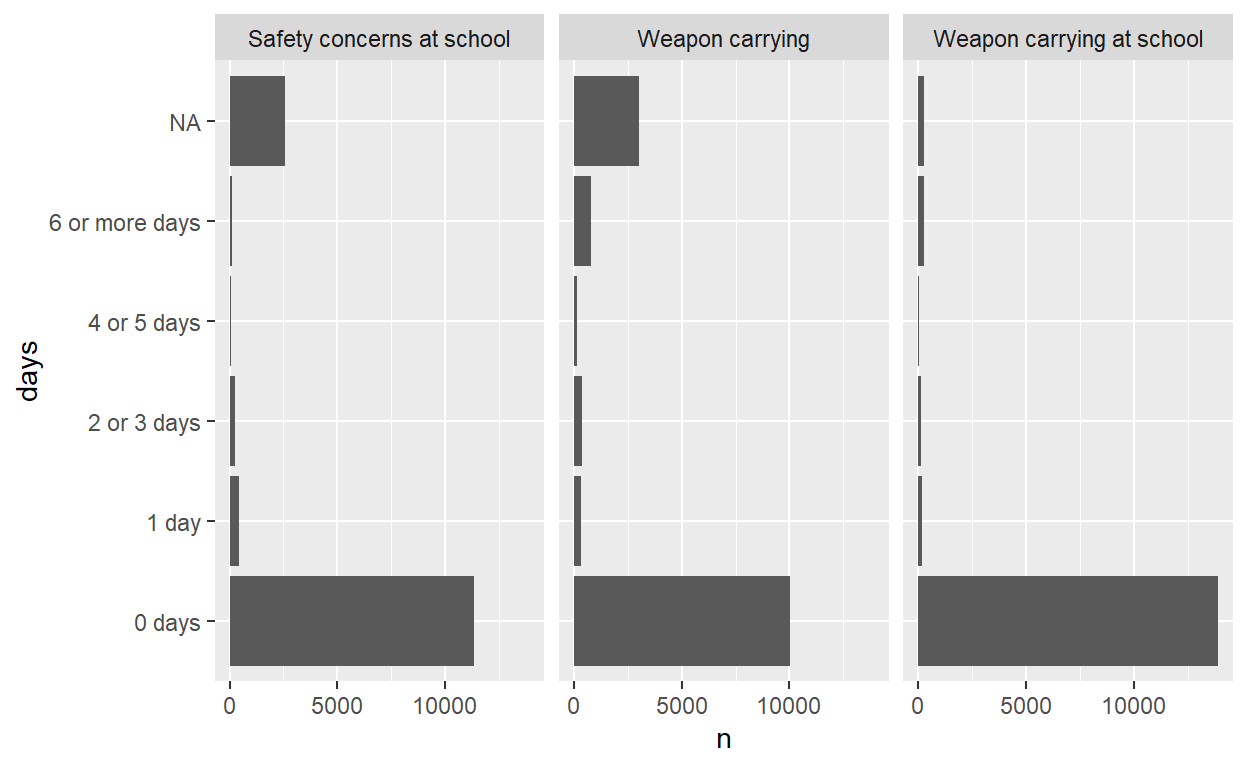

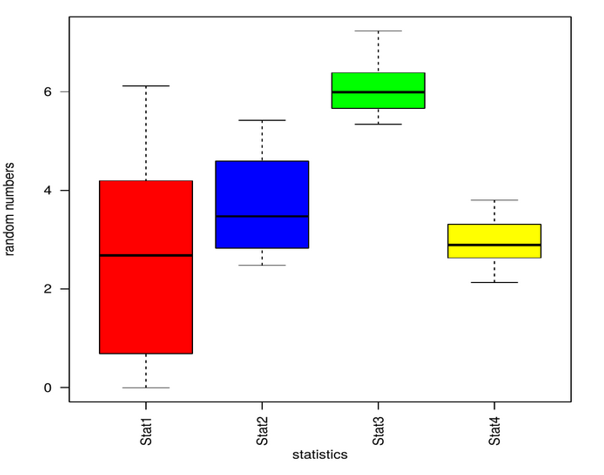

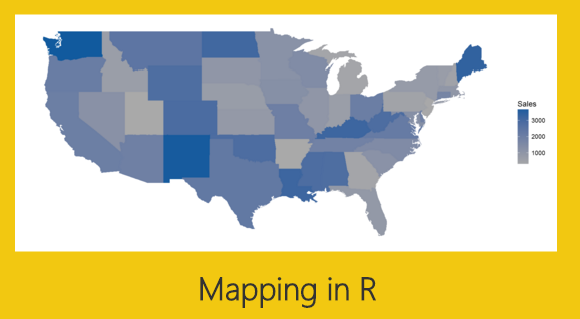


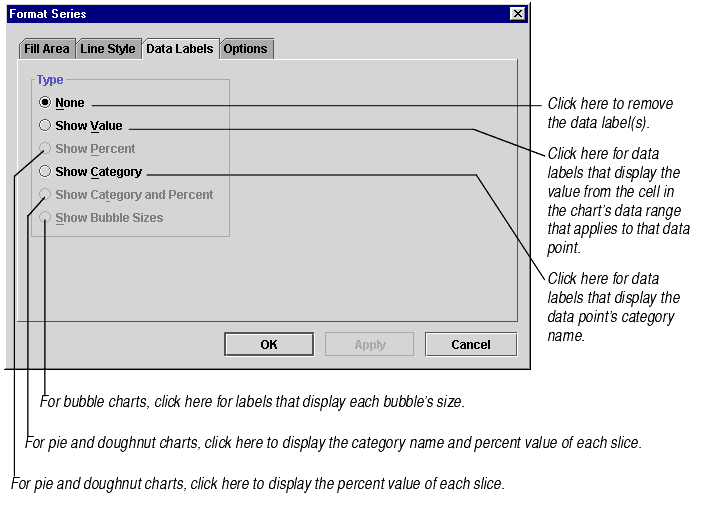
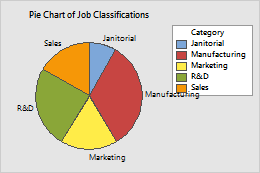
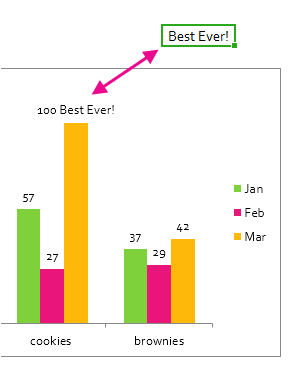


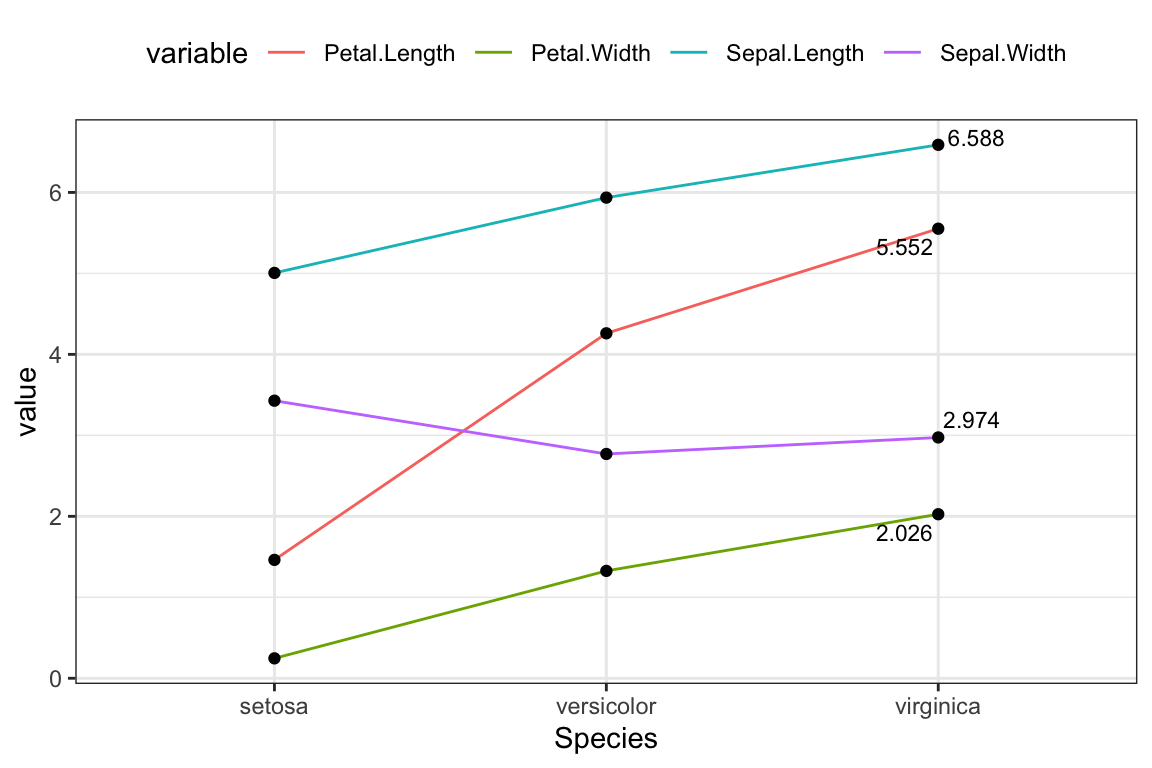

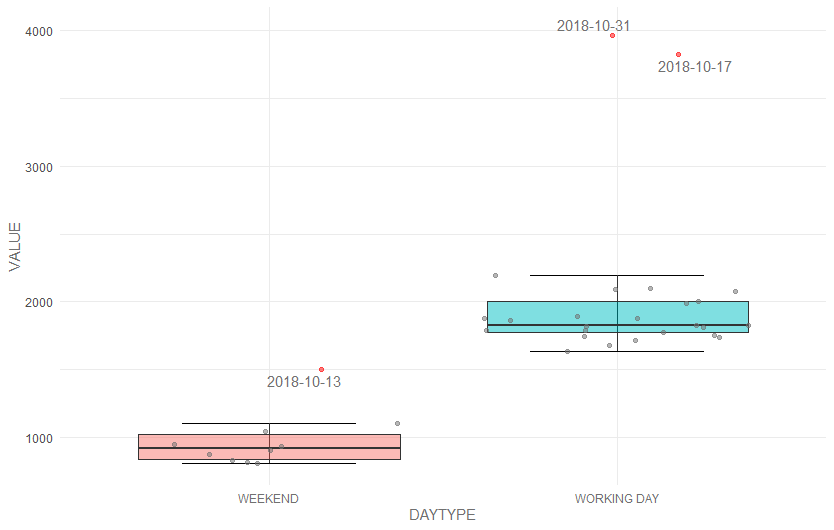



















Post a Comment for "45 data labels in r"